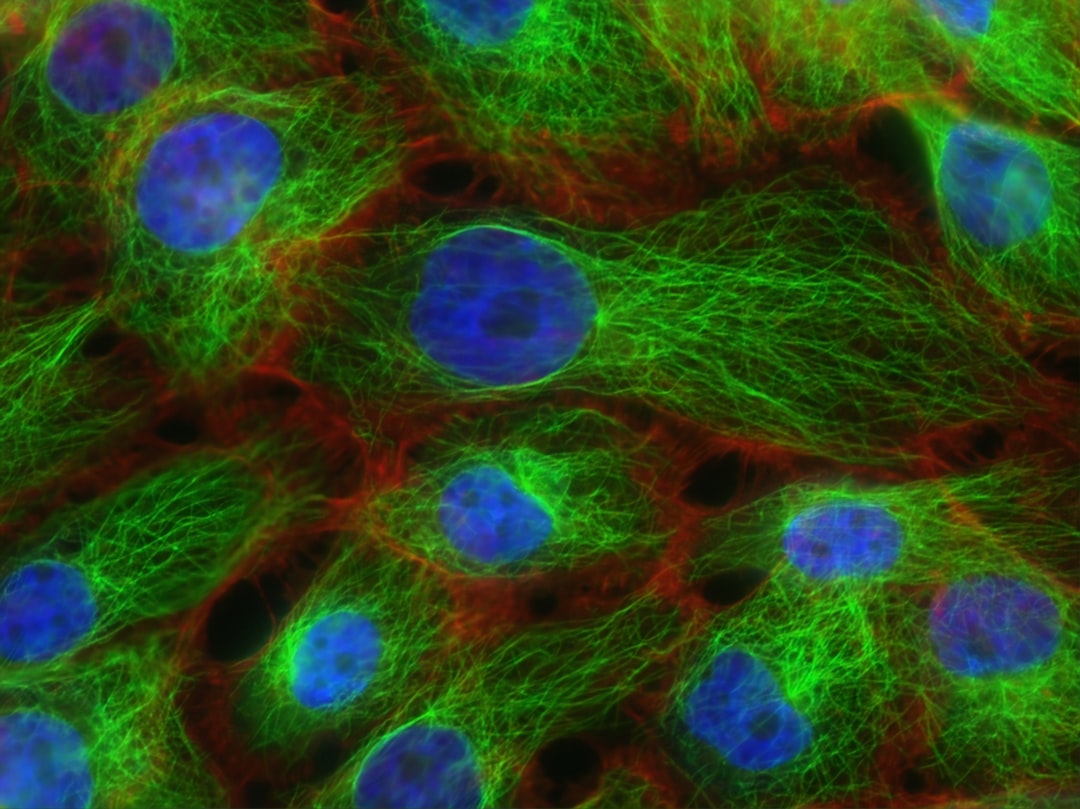What is it about?
The effects of naloxone (NAL) and/or morphine on gonadotrophin-(GnRH) release in vitro from the stalk median eminence (SME) of gilts under different conditions were studied. In the first experiment, the SME explants of gilts on Days 10–11 (n = 10) and Day 19 (n = 10) of the estrous cycle were incubated in Krebs-Ringer bicarbonate buffer (KRB) supplemented with 2 × 10−5 M bacitracin and 1 mg ml−1 glucose in an atmosphere of 95% O2 and 5% CO2 at 37°C. KRB was replaced every 30 min during incubation. Following preincubation for determination of the basal GnRH release, the SME explants of each group were incubated in the presence (10−6 M) of NAL (treatments; n = 2 × 5) or KRB alone (controls; n = 2 × 5) and increased potassium concentration (56 mM). In Experiment 2, ovariectomized (OVX) mature gilts were primed for five subsequent days with estradiol benzoate (EB; 2 mg; n = 4), progesterone (P4; 50 or 120 mg; n = 2 × 4), EB plus P4 (2 mg and 50 mg, respectively; n = 4) or vehicle (n = 4) and their SME explants were submitted to an incubation paradigm like those of treatment groups in Experiment 1. The SME explants of four other OVX gilts receiving vehicle were incubated as a control in KRB alone. In Experiment 3, OVX gilts primed (as in Experiment 2) with steroids (n = 3 × 8) or vehicle (n = 8) were used. The SME explants of these gilts underwent incubation in the presence of either a low (2 × 10−6 M; n = 4 × 4) or high dose (10−3 M; n = 4 × 4) of morphine instead of NAL. Gonadotrophin releasing hormone (GnRH) concentrations in media were determined by radioimmunoassay (RIA). Additionally, β-endorphin-like immunoreactivity (β-END-LI) was measured by RIA in chosen media in Experiments 1 and 2. NAL stimulated GnRH release from the SME explants of luteal- and follicular-phase gilts (Experiment 1), as well as of OVX gilts primed with steroids or vehicle (Experiment 2). In Experiment 2, GnRH response to NAL was the greatest in gilts primed with EB. Morphine at the lower dose significantly increased spontaneous GnRH release from the SME following priming with P4 or vehicle, but when applied at the high dose GnRH release in gilts primed with P4 was inhibited (Experiment 3). These results suggest that in the pig, nerve terminals releasing GnRH at the SME level are sensitive, to a certain degree, to opioid action independently of steroid hormones which, however, may amplify or modulate the opioid effect on GnRH release.
Featured Image
Read the Original
This page is a summary of: Gonadotrophin-releasing hormone release in vitro from the stalk median eminence of cyclic and ovariectomized gilts in response to naloxone or morphine, Animal Reproduction Science, October 1995, Elsevier,
DOI: 10.1016/0378-4320(95)01399-k.
You can read the full text:
Contributors
The following have contributed to this page










